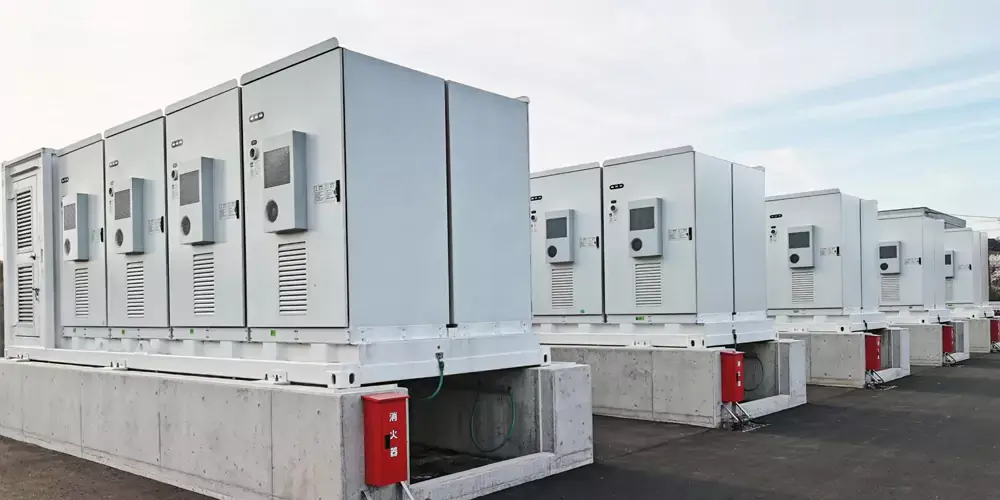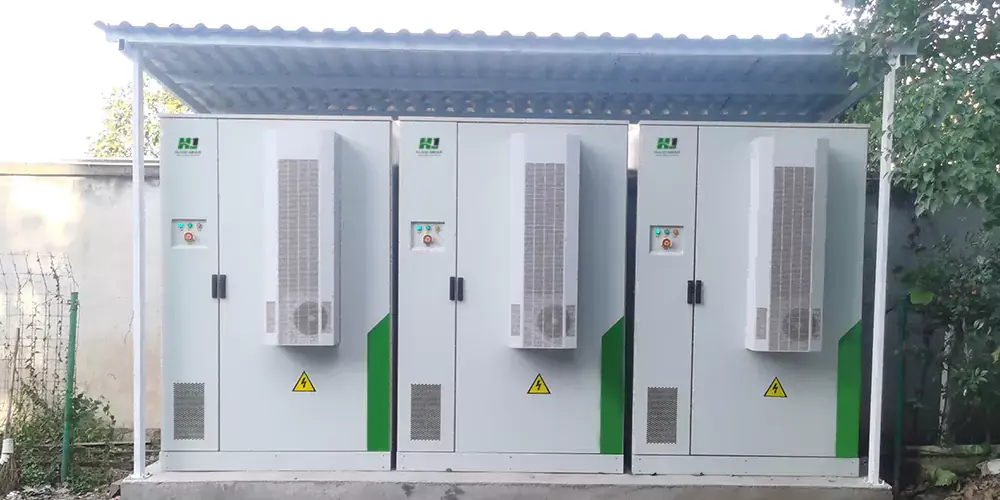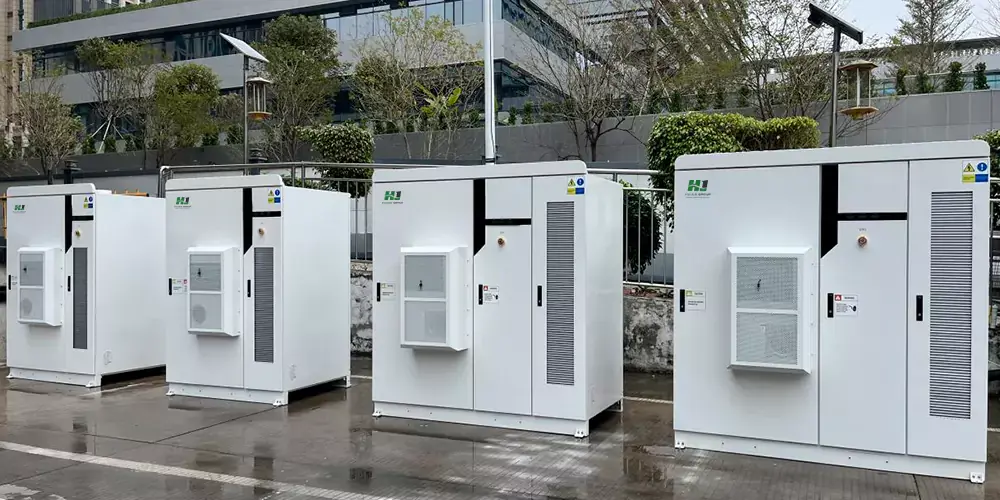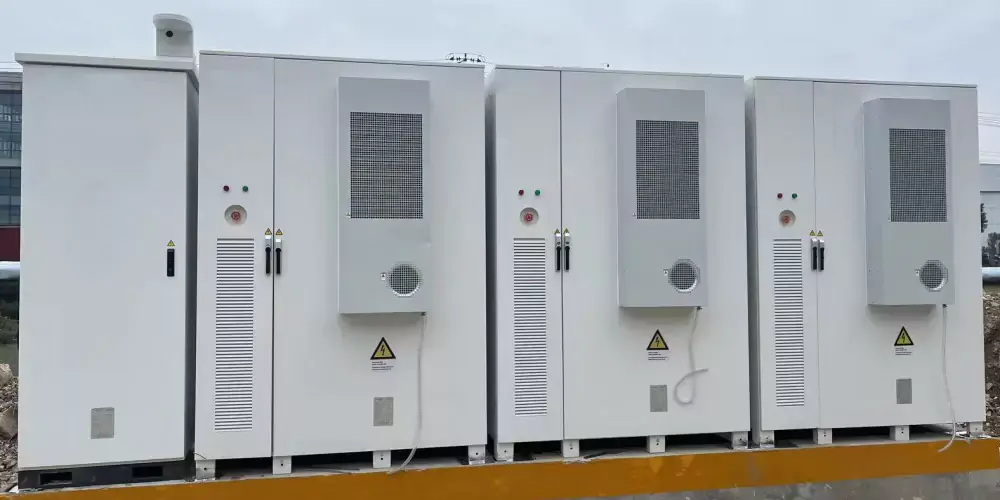Understanding the Key Components of a Solar Energy Generation System
Solar energy generation systems have become increasingly vital as the world shifts towards renewable energy sources. Understanding the key components of these systems is crucial for maximizing efficiency, ensuring reliability, and achieving long-term sustainability. This article explores the essential elements of a solar energy generation system, providing a comprehensive overview for those interested in harnessing the power of the sun.
1. Solar Panels (Photovoltaic Modules)
Solar panels, also known as photovoltaic (PV) modules, are the heart of any solar energy generation system. They convert sunlight into electrical energy through the photovoltaic effect. The efficiency of a solar panel is determined by its ability to convert sunlight into usable electricity and is typically expressed as a percentage.
Modern solar panels are made up of numerous solar cells, which are usually composed of silicon. There are two primary types of solar panels: monocrystalline and polycrystalline. Monocrystalline panels are made from a single crystal structure, offering higher efficiency and performance. Polycrystalline panels, made from multiple crystal structures, are generally less expensive but slightly less efficient.
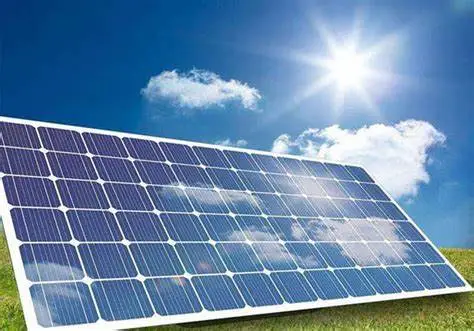
2. Inverters
Inverters play a crucial role in solar energy systems by converting the direct current (DC) generated by solar panels into alternating current (AC), which is the form of electricity used in most homes and businesses. There are three main types of inverters: string inverters, microinverters, and power optimizers.
String Inverters: These are the most common type and are connected to a series of solar panels. They are cost-effective but can be less efficient if one panel underperforms.
Microinverters: Installed on each panel individually, microinverters provide better performance and flexibility but come at a higher cost.
Power Optimizers: These devices are installed on each panel and work with a string inverter to maximize the energy output of each panel, improving overall system efficiency.
3. Battery Storage
Battery storage systems are essential for maximizing the benefits of solar energy by storing excess electricity generated during peak sunlight hours for use during periods of low solar production or high demand. The two main types of batteries used in solar energy systems are lead-acid and lithium-ion.
Lead-Acid Batteries: These are the traditional choice, known for their reliability and lower cost. However, they have a shorter lifespan and lower energy density compared to lithium-ion batteries.
Lithium-Ion Batteries: These batteries are more expensive but offer higher energy density, longer lifespan, and better performance. They are becoming increasingly popular for residential and commercial solar energy systems.
4. Charge Controllers
Charge controllers regulate the voltage and current coming from the solar panels to the batteries, preventing overcharging and extending the battery’s lifespan. They come in two main types: PWM (Pulse Width Modulation) and MPPT (Maximum Power Point Tracking).
PWM Controllers: These are simpler and less expensive but less efficient. They are suitable for smaller systems with fewer solar panels.
MPPT Controllers: These are more advanced and efficient, capable of optimizing the power output from the solar panels. They are ideal for larger systems and higher energy demands.
5. Monitoring Systems
Monitoring systems are essential for tracking the performance and health of a solar energy generation system. They provide real-time data on energy production, consumption, and system status, helping to identify any issues promptly and ensure optimal performance. Monitoring systems can be integrated with smartphones or computers for remote access and management.
Conclusion
Understanding the key components of a solar energy generation system is essential for designing, installing, and maintaining an efficient and effective solar power solution. From solar panels to inverters, battery storage, charge controllers, and monitoring systems, each component plays a critical role in harnessing the power of the sun and achieving sustainable energy goals.
Contact us
- Email:[email protected]
- Tel: +86 13651638099
- Address: 333 Fengcun Road, Fengxian District, Shanghai
Get A Quote Now!


